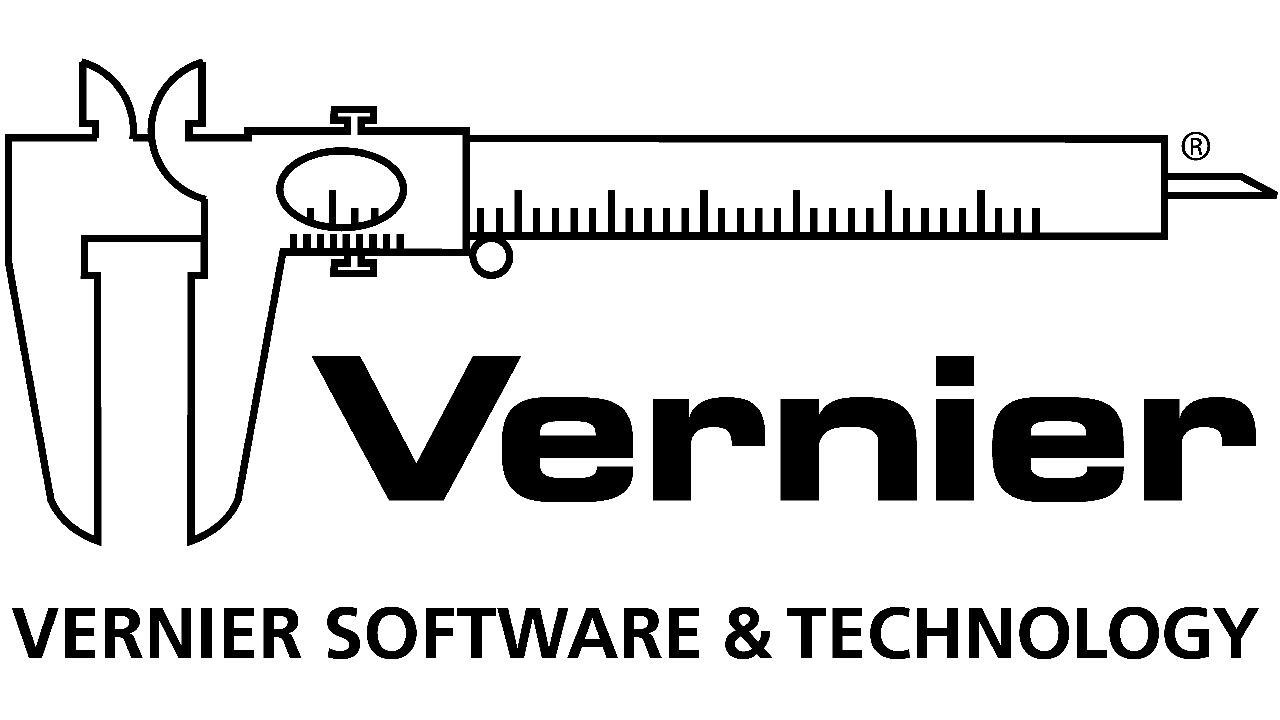The 2020 Vernier/NSTA Technology Awards Recognize Seven STEM Educators
Each winning educator awarded with cash and technology prizes valued at $5,500

Vernier Software & Technology and the National Science Teachers Association (NSTA) announce the seven winners of the 2020 Vernier/NSTA Technology Awards. This year’s winning educators—one elementary teacher, two middle school teachers, three high school teachers, and one college-level educator—were selected by a panel of NSTA-appointed experts for their innovative use of data-collection technology in the science classroom.
Each winning educator received $1,000 in cash, $3,000 in Vernier products, and up to $1,500 toward expenses to attend an NSTA conference.
The 2020 Vernier/NSTA Technology Award winners include:
Elementary School
Aaron Burke, South Avenue Elementary, Beacon, NY
Media teacher Aaron Burke plans to create a comprehensive curriculum that will provide students in grades K–5 with the opportunity to explore the health of the nearby Hudson River. Students will use data-collection technology, such as dissolved oxygen and turbidity sensors, to monitor water samples from the river, as well as from tanks housing aquatic plants, oysters, and freshwater fish in the school’s library.
Middle School
Colin Pattison, Indian Creek Road Public School, Chatham, Ontario
Colin Pattison will use his new technology—Vernier interfaces and probeware— to teach students various scientific concepts including force production, heat retention, and motion detection through hands-on activities.
Tools and ideas to transform education. Sign up below.
Annette Simpson, McCleskey Middle School, Marietta, GA
The use of Vernier technology will help science teacher Annette Simpson enhance the in-the-field investigations she conducts with students at a local creek, allowing more students to conduct chemical and biological assessments of the waterway—and analyze their findings.
High School
Neil Ford, St. Helens High School, St. Helens, OR
This award will help STEM teacher Neil Ford incorporate the Vernier Mini GC™ into classroom labs, allowing students to perform quantitative analysis of an organic solvent mixture.
Kelley Parks, Forreston Jr./Sr. High School, Forreston, IL
Agriculture teacher and FFA advisor Kelley Parks plans to engage her students in various data-collection activities using Vernier technology as part of a project-based curriculum. For example, in a Curriculum for Agriculture Science Education (CASE) lab titled “Energy in Feed,” students will use probeware to determine the energy content of different feedstuffs.
Kristine Schertz, Saugus High School, Santa Clarita, CA
In the Chemistry in the Earth System course, science teacher Kristine Schertz will guide her students as they investigate the Earth’s heat balance, the greenhouse effect, and climate change. Students will use Vernier carbon dioxide sensors along with materials such as clay, charcoal, and cotton to measure the reduction in carbon dioxide produced from a chemical reaction during the course’s culminating engineering design challenge.
To learn more about the winners of the 2020 Vernier/NSTA Technology Awards, visit https://www.vernier.com/2020/03/30/2020-vernier-nsta-technology-award-winners-announced/. To find details about the 2021 awards program, visit www.vernier.com/grants.
